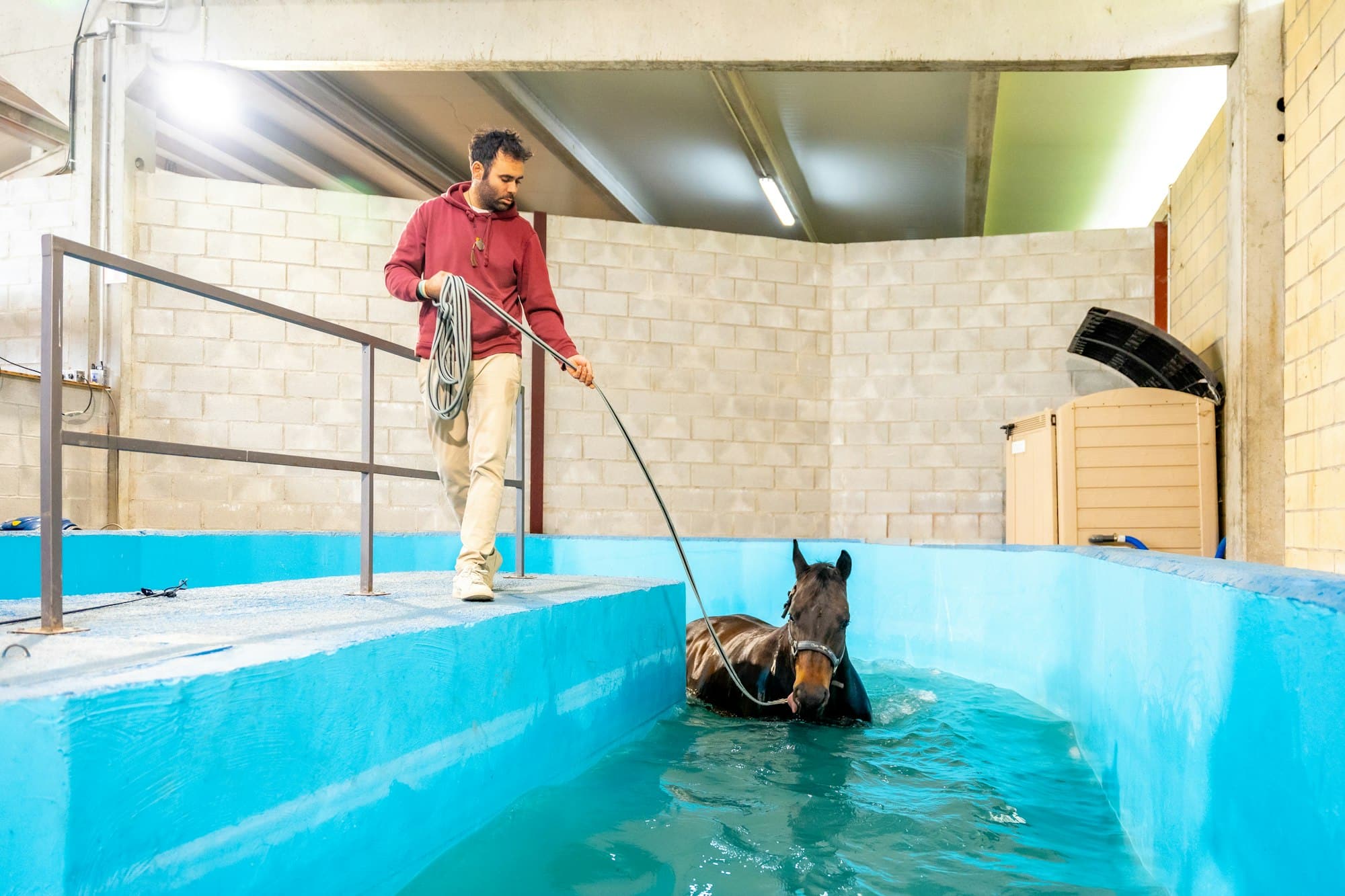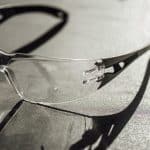Aquatic therapy, also known as water-based exercise or hydrotherapy, has been gaining attention in recent years as an effective treatment approach for various health conditions. One of the areas in which aquatic therapy has demonstrated promise is in the rehabilitation of patients who have suffered a stroke. The journey to recovery after a stroke can be a long and challenging one. Physical therapy plays a crucial role, and incorporating aquatic therapy into the traditional land-based treatment protocol could offer unique benefits. This article delves into the effectiveness of aquatic therapy in post-stroke rehabilitation, its benefits, and how it compares with land-based therapy.
The Effectiveness of Aquatic Therapy in Post-Stroke Rehabilitation
The concept of using water as a therapeutic medium is not a new phenomenon. It has been utilized for centuries due to its unique properties that provide resistance, buoyancy, and hydrostatic pressure. These elements can aid in improving balance, strength, endurance, and range of motion.
In the same genre : What Are the Benefits and Risks of Adopting an Intuitive Eating Approach for Weight Management?
Several studies have investigated the effectiveness of aquatic therapy in post-stroke rehabilitation. A systematic review by Zhu et al. (2016) found that aquatic therapy improved postural balance and gait speed in stroke patients. The results were statistically significant compared to control groups who only received regular land-based treatment.
In an experimental trial, Noh et al. (2014) found that stroke patients who participated in aquatic therapy showed significant improvements in their balance and mobility compared to the control group. The water-based exercise group demonstrated better performance on the Berg Balance Scale and Timed Up and Go test.
In parallel : What Are the Health Effects of Participating in Space Tourism, Considering Radiation Exposure and Microgravity?
The effectiveness of aquatic therapy in post-stroke rehabilitation is further supported by a review from the Cochrane Library. The review concluded that there is evidence from small-scale trials that aquatic therapy may have beneficial effects on recovery after stroke.
Benefits of Aquatic Therapy in Post-Stroke Rehabilitation
Aquatic therapy offers a range of benefits that make it an attractive option for stroke rehabilitation. The buoyancy of water reduces the weight-bearing pressure on joints and muscles, allowing patients to perform movements that they may find difficult on land. This can help to improve muscle strength and joint flexibility.
The resistance of water also provides a natural and safe environment for balance training. It encourages patients to utilize their core muscles to maintain stability, promoting greater balance and coordination.
Additionally, the hydrostatic pressure of water can have positive effects on blood circulation. Improved blood flow can aid in reducing swelling, managing blood pressure, and promoting overall cardiovascular health.
Furthermore, aquatic therapy can be more enjoyable for some patients compared to traditional land-based therapy, leading to higher engagement and adherence to the treatment program.
Comparing Aquatic Therapy to Land-Based Therapy
Comparatively, both aquatic and land-based therapies have their advantages in stroke rehabilitation. Land-based therapy is the traditional mode of treatment post-stroke, typically involving exercises such as walking, balance training, and resistance training.
Aquatic therapy, however, offers a different approach that can complement land-based therapy. The water environment provides support and resistance that can aid in improving physical function and mobility.
One review noted that while land-based exercise seemed to have a more significant effect on walking speed, water-based exercise appeared to improve balance more. This suggests that a combination of both could be the most beneficial for stroke patients.
Group Aquatic Therapy as a Rehabilitative Strategy
Group aquatic therapy provides additional benefits. The social interaction involved in group therapy can have positive psychological effects, promoting motivation and adherence to the exercise program.
Moreover, group therapy allows patients to learn from each other, provides a supportive environment, and can create a sense of camaraderie among participants.
A study by Bonini-Rocha et al. (2018) found that group aquatic therapy significantly improved balance, functional independence, and quality of life in stroke patients. The social component of group therapy was highlighted as a contributing factor to the success of the treatment.
In conclusion, while more extensive research is still needed, current evidence suggests that incorporating aquatic therapy into post-stroke rehabilitation can enhance the effectiveness of treatment, improve mobility, and promote better quality of life for stroke survivors.
The Role of Aquatic Therapy in Improving Quality of Life
The goal of post-stroke rehabilitation is not only to enhance physical function but also to improve the quality of life. Aquatic therapy may play a pivotal role in this regard. It offers a gentle, low-impact method of exercise that is adaptable to a patient’s condition and needs, making it a flexible and patient-centered approach to rehabilitation.
One of the unique attributes of aquatic therapy is its potential to reduce pain. The warmth and buoyancy of the water can soothe discomfort, making movements easier and less painful. This, coupled with improved mobility, can significantly enhance a patient’s quality of life. A randomized controlled trial by Han et al. (2016) found that stroke patients who underwent aquatic therapy reported a significant reduction in pain compared to the control group.
In addition to physical benefits, the psychological effects of aquatic therapy should not be overlooked. As patients regain mobility and independence, they often experience increased self-esteem and a better mood. The social aspect of group aquatic therapy can further enhance this by providing a supportive and interactive environment. Overall, these factors can contribute to the improvement in quality of life that is often reported by stroke patients who participate in aquatic therapy.
Conclusion: Aquatic Therapy in Post-Stroke Rehabilitation
In conclusion, the available evidence suggests that aquatic therapy can be a beneficial addition to land-based physical therapy in post-stroke rehabilitation. The unique properties of water allow stroke patients to perform exercises with less pain and greater ease, thus improving their mobility and strength.
Aquatic therapy also seems to have a positive impact on patients’ quality of life. The combination of physical improvement, pain reduction, and social interaction in group therapy settings contributes to a greater sense of well-being.
While further high-quality, randomized controlled trials are needed to definitively establish the effectiveness of aquatic therapy in post-stroke rehabilitation, the current research is promising. The incorporation of aquatic interventions into stroke rehabilitation programs could significantly aid in the recovery journey of stroke patients, improving not only their physical abilities but also their overall quality of life.
As the understanding and acceptance of aquatic therapy grows within the healthcare community, it is likely that more stroke patients will have access to this form of treatment in the future. This could potentially revolutionize stroke rehabilitation, providing a holistic, patient-centered approach to recovery.











